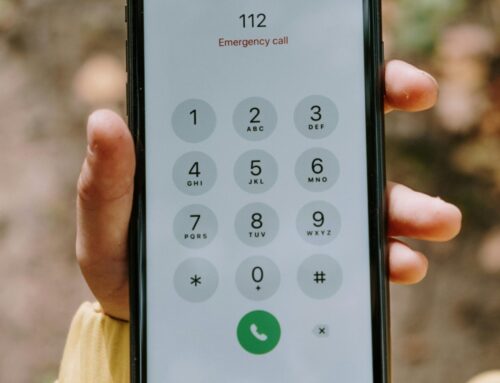
Communication By Schools Is Fundamentally Different
The pandemic proved that having a strategic plan in place for efficient school communication with parents and students is essential, and the channels that notifications and messages are delivered through have become more important than ever before. Students are now attending school in a variety of ways, such as in-person face-to-face, hybrid, fully remote or some combination of the three. Below are some ways in which communication by schools has fundamentally changed, and the importance of how information is relayed is necessary to keep students on track and parents engaged in the flow of communication.
Dynamic School Attendance Structure
Many K-12 schools have reopened with a variety of attendance options, such as hybrid, fully virtual, in-person, alternating a combination of all three, or breaking it up into part-time days versus full-time. These attendance structures are very dynamic, to say the least. With governors changing the rules from kids having to social distance by six feet to social distance by three feet, and schools having to rearrange their classrooms based on all these rules, requires a constant flow of information changing daily which needs to be communicated. Schools are having to continuously relay information about attendance to parents and students, while updating them on class schedules and requirements.
The best outcome of success for schools is to have a good communication plan in place and utilize a multi-functional mass notification system to relay the dynamic information in several different ways. Such as, text messages, voice calls, emails, social media posts, push notifications or two-way instant messaging.
Not All Messages are Delivered the Same
The amount of information and messages that are being transferred between schools, parents and students is constant. Since the pandemic, and even before then, the number of notifications a person receives on a daily basis is high in count. A recipient of a notification or message needs to differentiate between an urgent and important message versus an informational message. Sending every message by every channel can become a problem, because you are not helping the recipient differentiate between the urgent, important messages and the everyday informational ones. It is up to the sender to help differentiate what messages need to be delivered in what way, based on the recipients’ choice form of delivery. For example, very time sensitive notifications may be sent with a phone call or a text, whereas non-urgent informational messages may be left to emails.
There is a continuous flow of decisions that are being made by regions and states that need to be relayed over to parents related to the pandemic. Having a mass notification system in place that sends a particular type of message through the recipients’ choice channel of delivery will increase the odds of the message being received.
Electronic Delivery of Reports and Paperwork
There is another category of communication that has changed since the pandemic and that is how paperwork and reports are delivered to students. Before, teachers and administrators could hand paper to students and have them take it home to share with parents. This cannot be done anymore based on the different ways of attending school and especially for students who are attending virtually. Schools need to get the same documentation, paperwork, report cards, and privacy reports delivered electronically. This means that teachers, administrators and principals need to rely on a notification system that can send out information via email and have it available to parents by accessing the reports and paperwork through a secure document location.
Two-Way Instant Messaging
The concept of being able to reach out to parents and let them instantly know information is more important than it has ever been. Whether it be sending instant messages to a whole group of parents from a child’s classroom, or messaging just one person at a time, the means of being able to have that recipient instantly respond back and forth to ask questions, get clarification or give feedback is necessary to a child’s success. Having a tool in place that provides that level of two-way interaction is crucial for keeping kids on track and engage parents with immediate communication.
Parents Play a Bigger Role Now in Their Children’s Education
Parents’ engagement and involvement in their children’s education is so much more critical than ever before. The means of communicating back and forth between schools, students and parents is crucial to the student’s success. Parents need to know when their child is behind on homework, or missing a virtual class, or when grades are suffering. Therefore, it is critically important to have a mass messaging system in place that is able to pull this data and send it over into the hands of parents so they can work alongside teachers in promoting and helping students succeed.
There is no question that communication by schools has changed since the beginning of the pandemic. Amid all that change, schools and school districts need to keep the lines of communication open while strengthening their school notification strategies, in order to notify and engage students and parents frequently and efficiently. If ever there was a time to have a reliable, responsive and secure mass messaging solution in place, now is the time.



